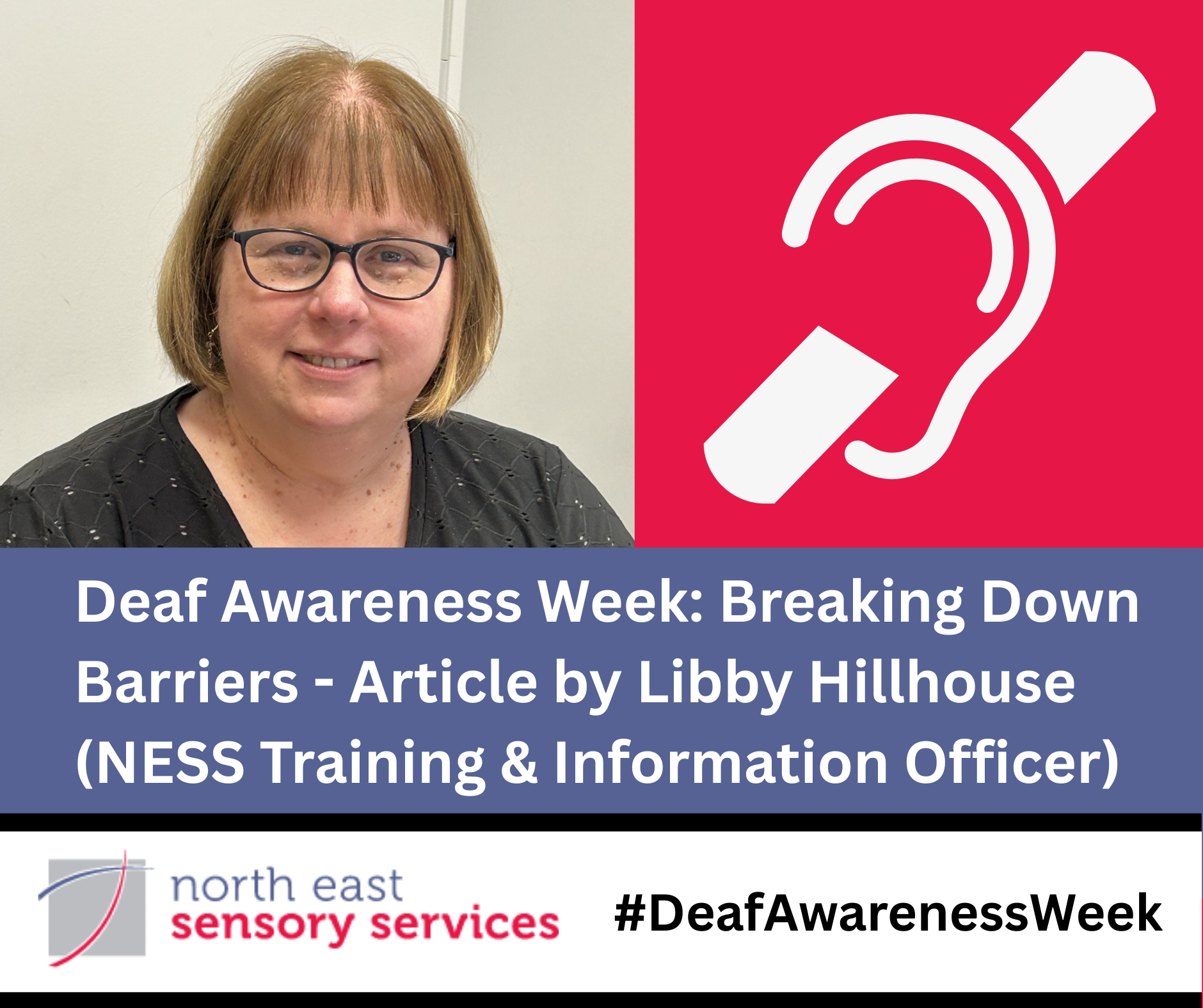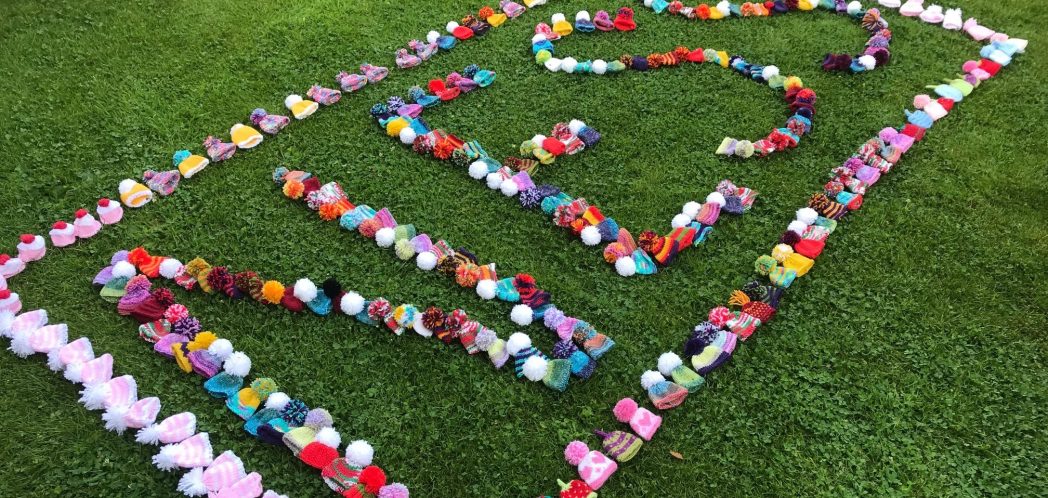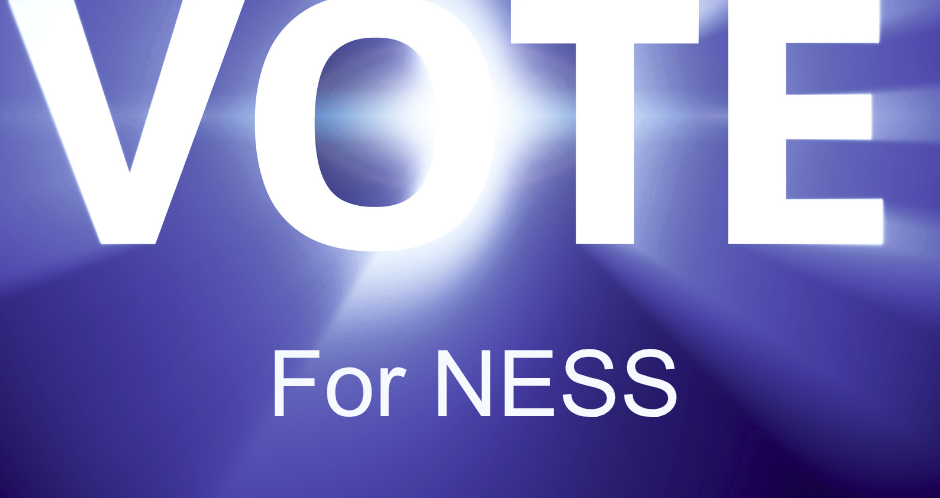Deaf Awareness Week, which takes place in May every year, is an opportunity for us to take a moment and recognise the impact that deafness has on someone’s day to day life, and to think about what we can do to make sure we are including, involving and supporting people who are Deaf or living with hearing loss.
Everyone person who is deaf or living with hearing will have a unique experience, depending on how much they can and can’t hear, their communication preferences, and the support that they have had to developing strategies to manage their day-to-day life.
Recent research by the Royal National Institute of Deaf people (RNID) found that many deaf people feel they are ignored, isolated or left out of everyday situations because we haven’t taken the time to communicate effectively. They lose confidence, and their mental health can deteriorate. Research suggests that 40% of people who are deaf or living with hearing loss have poor mental health.
Hearing loss can really affect someone’s confidence, to the extent that they can stop being involved in hobbies and social activities, it can affect their employment, and they can withdraw from socialising with others. Other people’s attitudes towards hearing loss and their approach to supporting people who are deaf or living with hearing loss has a huge impact on how supported and included deaf people feel and often small things can make a big difference.
How many deaf people are there?
Recent research suggests that there are far more people than we thought! RNID now says that deafness affects 1 in 3 of the population, so in Scotland, that is well over 1.5 million people. This figure includes people who have a mild hearing loss as well as people who are profoundly deaf. It also includes people who have tinnitus, a condition that is associated with hearing loss in which the person hears noises that are not related to an external sound.
Age is a significant factor in the likelihood that someone will have some hearing loss. Over 50% of people over the age of 50 have some hearing loss, and 90% of people over the age of 90 have hearing loss. There are many reasons why someone might develop hearing loss and there are many causes of deafness, including some that start in very young children.
The deaf person’s level of hearing loss will influence their preferred way of communicating. Someone with a mild hearing loss might be able to hear fine in a one-to-one situation with no background noise, and will generally prefer spoken communication. They may find that they miss some sounds in busier, noisier situations and so may miss bits of conversation. They may struggle to hear quiet sounds like birds singing, taps dripping or rustling leaves.
Someone with a moderate hearing loss will find many speech sounds difficult to hear, making communication really difficult. Although they are not hearing speech sounds, they may still be able to hear loud noises e.g. loud rock music or helicopters.
Someone with a severe or profound hearing loss might only be able to hear really loud noises but won’t be able to hear any sounds relating to speech, making spoken communication very difficult to follow without additional support and technology.
Hearing often deteriorates, so someone may start off with mild hearing loss, and over time this may deteriorate to become moderate, severe or even profound hearing loss.
What about hearing aids – do they help?
Hearing aids can make a big difference to many people, helping them access communication and improving their quality of life. However, hearing aids don’t “restore” your hearing and can take some time to get used to.
If you wear an NHS hearing aid and live in Aberdeen or Moray, we can help you with new batteries, cleaning and retubing your hearing aids through our Hear2Help service (opens in a new window), ensuring that your hearing aids work as well as they can for your hearing loss.
Sometimes, hearing aids are not powerful enough to compensate for the severity of the hearing loss. Hearing aids often need to work alongside other pieces of technology e.g. telecoil or loop systems, Bluetooth connectivity, infra-red or FM radio-based systems. This is particularly the case in larger, busier, noisier spaces or where the speaker is at some distance from the listener.
What support is available if I develop a hearing loss?
Get in touch with NESS if you feel you need some practical and emotional support to deal with the impact your hearing loss is having. We can help you to make sense of your experiences, and to explore some of the equipment that can help make day to day life easier e.g. flashing doorbells, or TV streamers.
If you develop hearing loss and are still in work, our Employment Officer can support you, and work with your employer, to help resolve the difficulties you might be experiencing at work. There are many things that can be done to help you to stay in work if you are finding things difficult. Find out more about our Employment service (opens in a new window).
We also run Lipreading and Managing Hearing Loss sessions in Aberdeen. These classes explore a wide range of skills and help you boost your confidence if you have a hearing loss. Get in touch to find out more about our Lipreading and managing hearing loss classes.
What can I do?
We can all contribute to making communication easier for people who are deaf or living with hearing loss. Follow these simple tips:
- Face the person and make sure your face is well lit – don’t sit or stand with your back to the light.
- Get the person’s attention before you start speaking.
- Stop what you are doing while you’re speaking and maintain eye contact – it will help the person to lip read and see your facial expressions.
- Turn down any background noise or move to quieter place.
- Speak clearly and normally – don’t slow down or overexaggerate – you will just make yourself look silly!
- Try different things – write it down, draw something, point to something, type a message – anything visual will help the communication.
- Be patient, and don’t walk away saying, “It doesn’t matter”. It does matter!
- Find out from the person what will help them – everyone is different!
What about Deaf British Sign Language users?
The Scottish Census in 2022 found that over 117,000 people used sign language at home in Scotland. This number includes Deaf British Sign Language users, their family and friends who use sign language, professionals working with Deaf people as well as other people who have learned sign language for other personal reasons. This shows that sign language is being used far more widely than was previously thought, and the community of people who use sign language is diverse and complex.
Several thousand people in Scotland are Deaf and use British Sign Language as their first or preferred language. Usually, they have become severely or profoundly deaf from a very young age, and without being able to hear spoken language, they prefer to use signed communication, which in the UK is British Sign Language. British Sign Language is a language in its own right, a visual gestural language with its own grammar and structure, that is very different from spoken language.
Sign Languages differ across the world, and there are also regional variations.
Being Deaf and using sign language to communicate creates a different way of relating to the world and Deaf culture. Deaf people are proud of their Deaf identity, and proud of sign language as a beautiful, rich and expressive language. Deaf people celebrate their deafness and language in a wide range of cultural activity in the arts, theatre, music, dance and much much more. However, they can be excluded from many parts of day-to-day life as most of us don’t use sign language and therefore can’t communicate with them.
The basic tips discussed above can help you to communicate with a Deaf British Sign Language user if you don’t know any sign language. Learning the fingerspelling alphabet, which is used to spell names and places and can be useful tool to help you to communicate with a Deaf person. Or even better, taking up the opportunity to learn sign language at your local college will give you the skills and confidence to communicate with a Deaf person.
Watch this video to learn the fingerspelling alphabet. Have a go at learning to spell your name. https://youtu.be/w8w_FBY7Vwk?si=D5sjMb6I2-yKYB-M
Making services accessible for people who are Deaf or living with hearing loss
Given the difficulties with communication experienced by people who are Deaf or living with hearing loss, it is important to meet our obligations under the Equality Act (2010) and to make our services and events inclusive. If you are running services or planning events, it’s important to consider the access for everyone, including people who are Deaf or living with hearing loss.
Hearing aids are an important tool to support communication, but often need to connect to additional technology, particularly in larger or noisy environments. Some hearing aids will be able to access a hearing loop. A hearing loop system creates a magnetic field around a particular area, and when the loop in the hearing aid is enabled, it only picks up what is being transmitted via the associated microphone, screening out other background noises. In some environments, infra-red or FM systems might be more effective for example in school or in the workplace, depending on the environment and the set-up of the workspace. Some hearing aids have Bluetooth connectivity and can connect to other devices e.g. a mobile phone, smart TV or WiFi based sound field systems that work through an app.
Before buying a commercial sound system, it is essential to get professional advice, as there are a number of technical issues to consider.
Safety is important for everyone, and any venues or events should have either a flashing fire alarm beacon or a vibrating pager alert system to let the deaf person know when the alarm has gone off.
In this day and age, everything is video! Videos should always have closed captions included to ensure everyone can follow what is being said.

Image: Descriptive subtitles from Memoria, subtitles created by Matchbox Cinesub, distributed by Sovereign Films
In large venues or at some bigger events, providing speech to text reporters, who type everything being said to display on a screen can be helpful to people who are deaf or living with hearing loss.
For British Sign Language users, it’s important to provide access to information and communication in British Sign Language. For meetings and events, it’s important to book a fully qualified, registered British Sign Language to English interpreter to ensure full access. Producing information in British Sign Language video also means that information is fully accessible to someone who is a British Sign Language user. Get in touch with NESS to find out about booking and working with a British Sign Language to English interpreter, or to find out about transcribing information in British Sign Language video.
If you would like to have a better understanding about Deafness and hearing loss we also deliver awareness training – https://www.nesensoryservices.org/for-professionals/awareness-training/.





